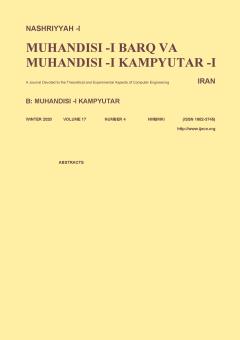-
-
List of Articles
-
Open Access Article
1 - Feature Selection and Cancer Classification Based on Microarray Data Using Multi-Objective Cuckoo Search Algorithm
kh. Kamari f. rashidi a. Khalili -
Open Access Article
2 - Improving the Architecture of Convolutional Neural Network for Classification of Images Corrupted by Impulse Noise
Mohammad Momeny M. Agha Sarram A. M. Latif R. Sheikhpour -
Open Access Article
3 - Using Evolutionary Clustering for Topic Detection in Microblogging Considering Social Network Information
E. Alavi H. Mashayekhi H. Hassanpour B. Rahimpour Kami -
Open Access Article
4 - Bug Detection and Assignment for Mobile Apps via Mining Users' Reviews
Maryam Younesi Abbas Heydarnoori F. Ghanadi -
Open Access Article
5 - Optimal Resource Allocation in Multi-Task Software-Defined Sensor Networks
S. A. Mostafavi M. Agha Sarram T. Salimian -
Open Access Article
6 - DRSS-Based Localization Using Convex Optimization in Wireless Sensor Networks
Hassan Nazari M. R. Danaee M. Sepahvand -
Open Access Article
7 - The Extraction of Fetal ECG from Abdominal Recordings Using Sparse Representation of ECG Signals
Parya Tavoosi قاسم عازمی پگاه زرجام -
Open Access Article
8 - Write Error Rate Reduction Based on Thermal Effect and Dual-Vdd
حمیدرضا زرندی Sh. Jalilian
-
The rights to this website are owned by the Raimag Press Management System.
Copyright © 2017-2026







